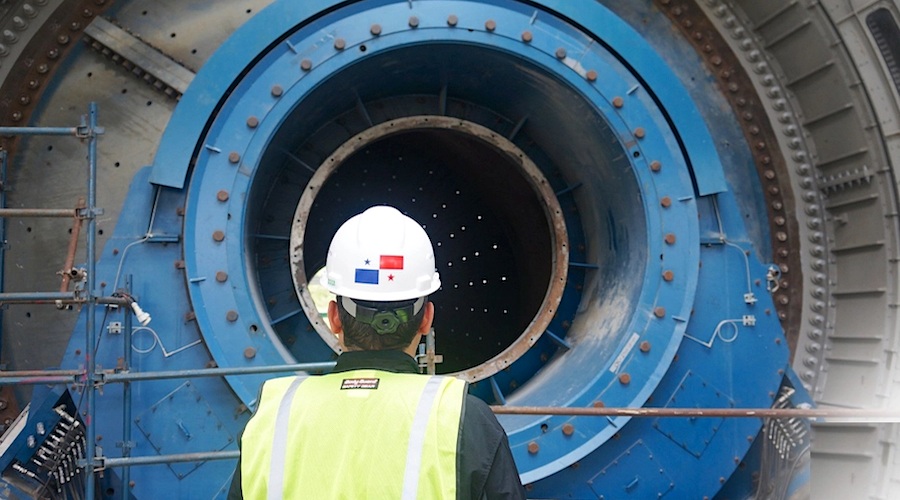Mastering The Tweezer Top Pattern: A Simple Guide To Understanding Market Psychology

When I first started trading, the chart looked like a battlefield—candles fighting each other, leaving trails of wicks and shadows. It was confusing, chaotic, and intimidating. But then I discovered something simple yet powerful: the tweezer top pattern.
At first glance, it looked like nothing special—just two candles sitting next to each other. But over time, I realized that these little bars told a profound story about market psychology, emotion, and momentum shifts. The tweezer top became one of those patterns that helped me understand why markets reverse, not just when.
In this guide, I’ll walk you through how to spot the tweezer top, understand what’s really happening behind it, and how to use it to make better, more emotionally intelligent trading decisions. Think of this as both a technical guide and a reflection of years of learning from real charts, real mistakes, and real insights.
What Is A Tweezer Top Pattern?
The tweezer top is a two-candle reversal pattern that signals a potential shift from bullish to bearish momentum. It typically forms at the end of an uptrend, showing that buyers have reached exhaustion and sellers are taking control.
The first candle is bullish, continuing the existing uptrend, while the second is bearish, rejecting the same high level as before. When you look closely, you’ll notice both candles share nearly identical highs. This is the defining feature—like two metal arms of a tweezer gripping the top of price action.
In essence, it’s the market’s subtle way of saying:
“We’ve reached the ceiling. It’s time to cool off.”
This pattern might seem small, but it often precedes powerful reversals when confirmed with volume, resistance, and other signals.
The Psychology Behind The Tweezer Top
If there’s one thing trading has taught me, it’s that charts are more about human emotion than mathematics. Behind every candle is fear, greed, hope, and regret. The tweezer top captures a shift in that emotional balance.
Here’s what’s happening behind the scenes:
- First Candle – The Optimism:
Buyers are in control, pushing prices higher with confidence. They believe the trend will continue, and momentum seems unstoppable. - Second Candle – The Reality Check:
The market tests the same high again but fails. Sellers emerge, profits are taken, and new shorts appear. The rejection of the same level twice creates a psychological barrier.
This rejection shows hesitation. What was once a clear uptrend suddenly feels uncertain. Those who bought late start to panic; early buyers lock in profits. Momentum shifts quietly but decisively.
That’s why the tweezer top is more than just a shape—it’s an emotional story about changing crowd sentiment.
How To Identify A Genuine Tweezer Top
Not every pair of similar candles is a tweezer top. The pattern is only significant if it appears under the right market conditions. Here’s what to look for:
- An Established Uptrend:
The tweezer top must occur after a noticeable upward movement. Without an uptrend, the pattern loses context. - Equal Highs:
Both candles should share nearly identical highs. Small variations are fine, but alignment is key. - A Bullish Then Bearish Candle:
The first candle should close green, and the second should close red, representing a shift from buying to selling pressure. - Confirmation Candle:
The next candle should ideally close below the tweezer pattern’s low, confirming bearish intent.
In my early days, I used to jump into trades too early—spotting what looked like a tweezer top but wasn’t at the right place in the trend. Experience taught me that context is everything. A tweezer top on a random range-bound chart means little; on a resistance zone, it can be gold.
How To Trade The Tweezer Top Pattern
Trading the tweezer top is about timing, patience, and discipline—not prediction.
Step 1: Wait For Confirmation
Don’t enter immediately after spotting the pattern. Wait for a bearish confirmation candle to close below the tweezer’s low. This avoids false signals and ensures that selling pressure is real.
Step 2: Use Support And Resistance Zones
The best tweezer tops occur near resistance levels or Fibonacci retracements. When these technical zones align, the pattern gains more credibility.
Step 3: Manage Risk Wisely
Set your stop-loss slightly above the pattern’s high. This small distance can save you from emotional exits. Always maintain a risk-to-reward ratio of at least 1:2.
Step 4: Combine With Indicators
Indicators like RSI or MACD can add layers of confirmation. If RSI shows overbought conditions when the tweezer top forms, that’s often a powerful combination.
In one memorable trade on the GBP/USD pair, a tweezer top appeared right as RSI hit 72. The next few candles reversed strongly, and that experience taught me the magic of combining candlestick reading with indicator analysis.
Common Mistakes Traders Make
The tweezer top is simple—but simplicity can lead to overconfidence. Here are some pitfalls I’ve personally faced and learned from:
- Mistaking Random Candles For Tweezers:
The pattern must have context. Without an uptrend, it’s meaningless. - Ignoring Confirmation:
Acting too soon often leads to false reversals and premature losses. - Overleveraging:
Believing a tweezer guarantees a reversal can lead to oversized trades and emotional decision-making. - Forgetting The Bigger Picture:
The tweezer top should fit within a broader strategy that includes trend analysis, volume, and risk control.
The key is not to look for perfection but to read intention. Each pattern whispers clues about crowd behavior—your job is to listen carefully.
Real-Life Trading Experience
There was a time in my trading journey when I ignored the tweezer top completely. I saw it form on the NASDAQ daily chart but dismissed it as coincidence. The index was climbing, and my bias was bullish.
Within a week, that same tweezer top signaled the beginning of a 5% correction. Had I paid attention, I would have exited my position early and avoided significant losses.
That experience changed how I viewed price action. I started to see candlestick patterns as a conversation between buyers and sellers, and the tweezer top became one of my favorite ways to eavesdrop on that dialogue.
Understanding Market Psychology Through The Tweezer Top
When you understand the tweezer top deeply, you begin to grasp one of trading’s greatest truths: the market turns when emotions turn.
Every pattern, every line, every work tells you about the collective mindset of traders. When optimism peaks, complacency sets in—and that’s often when the tweezer top shows up, quietly marking the transition from greed to caution.
This understanding transforms how you see charts. You stop reacting to the price and start reading it. You learn to wait, to observe, to act when the market’s story aligns with your strategy.
Conclusion
Mastering the tweezer top pattern isn’t just about memorizing shapes—it’s about decoding human behavior. This simple two-candle formation can teach profound lessons about patience, discipline, and the rhythm of crowd psychology.
Every time I see one now, I don’t just see two candles. I see hesitation, exhaustion, and emotion painted on a chart.
If you’re serious about growing as a trader, focus not just on signals but on understanding the story they tell. And as you continue your journey, consider exploring reliable trading environments like Alchemy Markets, where structure and education support informed decision-making.
The market always rewards those who combine logic with intuition—and the tweezer top is a perfect bridge between the two.
FAQs
What Is The Tweezer Top Pattern Used For?
The tweezer top is used to identify potential reversal points in an uptrend. It signals when buying pressure weakens and sellers begin to dominate.
Can I Use The Tweezer Top On Lower Timeframes?
Yes. It works across all timeframes, but reliability improves on higher ones like 4-hour, daily, or weekly charts. Lower timeframes can produce more false signals.
Is The Tweezer Top Pattern 100% Accurate?
No pattern is foolproof. While the tweezer top is powerful, always confirm it with other indicators and proper risk management.
How Can I Deepen My Understanding Of Patterns Like The Tweezer Top?
Consider taking an Elliott Wave course. It will help you understand how price cycles evolve, giving you better context for when patterns like the tweezer top are most effective.
Should I Rely Only On Candlestick Patterns?
Not entirely. Use them as part of a broader strategy involving market structure, trend analysis, and volume. The tweezer top works best as a confirmation tool, not a standalone signal.





